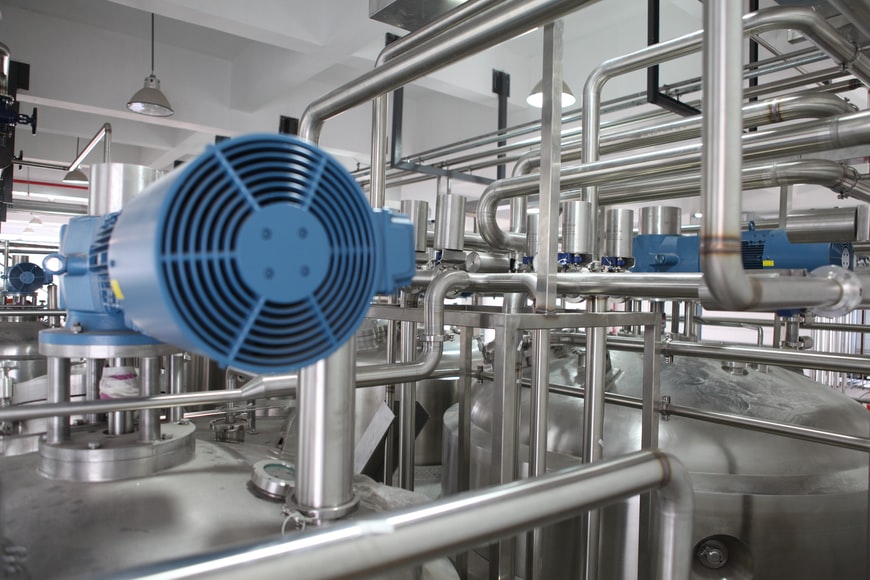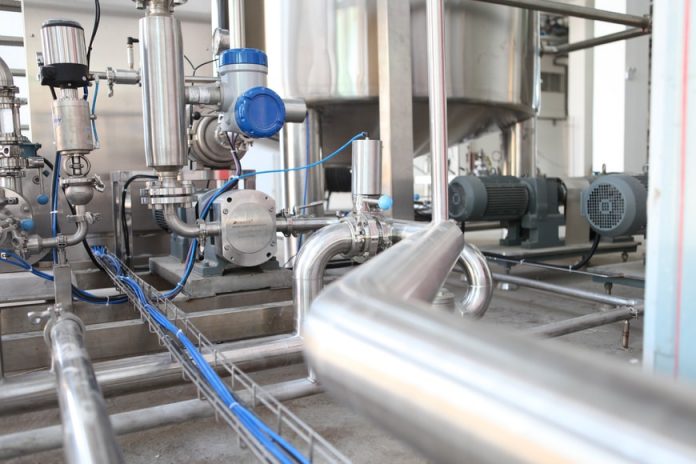Vacuum pumps create a relative vacuum in a volume by sucking gas molecules out of a sealed volume. They do this by creating a partial vacuum in the capacity of a device. When used for industrial purposes, they can help make a wide variety of processes easier. To better understand how they work we are going to look at the different ways in which this kinds of equipment operates and why it works so effectively.
Types Of Pumps
The most common positive displacement pump is the oil-sealed rotary vane pump. A dry scroll pump can back a turbomolecular pump. A combination of both pumps can also be used for different applications, depending on the desired vacuum level. If you’re looking for a high-quality vacuum, look for a negative-displacement pump. This type of pump is very effective at minimizing leakage and outgassing.
There are several types of vacuum pumps. The most common is a rotary vane pump, which is also the most commonly used. A diaphragm pump, which has an oil-free surface, is ideal for dry, powder-filled applications. Liquid ring pumps, on the other hand, are dust-resistant and require no oil to operate. They are widely used in industrial settings, including uranium enrichment and flight instruments.

Industrial Applications And Uses
If you’re looking for a pump to use for industrial vacuum applications, it’s important to know the differences between different types and their uses. Choosing the wrong vacuum pump can cost you a lot of money, and it could damage your operation. Luckily, you can consult a vacuum science expert to help you select the best pump for your needs. This way, you can be assured that you’ll be buying the right vacuum pump for your needs.
If your vacuum pump makes a lot of noise, it may be due to a worn out part. This can lead to a more loud pump. In addition to excessive noise, it can also be a sign that something is wrong with your system. If you notice extra noise, you should immediately call a technician to check it out. If it’s the case, you should have it checked out by a professional. In this way, you’ll know whether the problem is related to the parts.
There are several types of vacuum pumps. Some of these pumps are suitable for intermittent use, while others are intended for continuous use. All types of vacuum pumps can be adapted for different purposes. For example, a pump can be categorized by its flow rate and level of vacuum. Higher flow rates mean a greater ability to remove air. However, if you need continuous use, you should look for a pump with a high flow rate.

Determining And Deciding On The Quality Of The Vacuum Pump
The quality of the vacuum should be determined by the application. There are three different types of vacuums: ultrahigh, high, and rough. The level of pressure that can be achieved depends on the type of application. For example, industrial vacuum systems can reach a pressure of around 10-6 Torr. Depending on the amount of vacuum, they can be either internal or external. There are many different types of these types of pumps. You can choose from various designs, and choose whichever one best suits your needs.
When you are reaching your final decision on what kind of pump you would like to use in future, be sure to compare a variety of different models as well as businesses in order to get the best possible idea/impression of what pump you might want to use. Contacting businesses in advance for a quote is a great way to get an idea of the costs involved as well as the availability of vacuum pumps.




